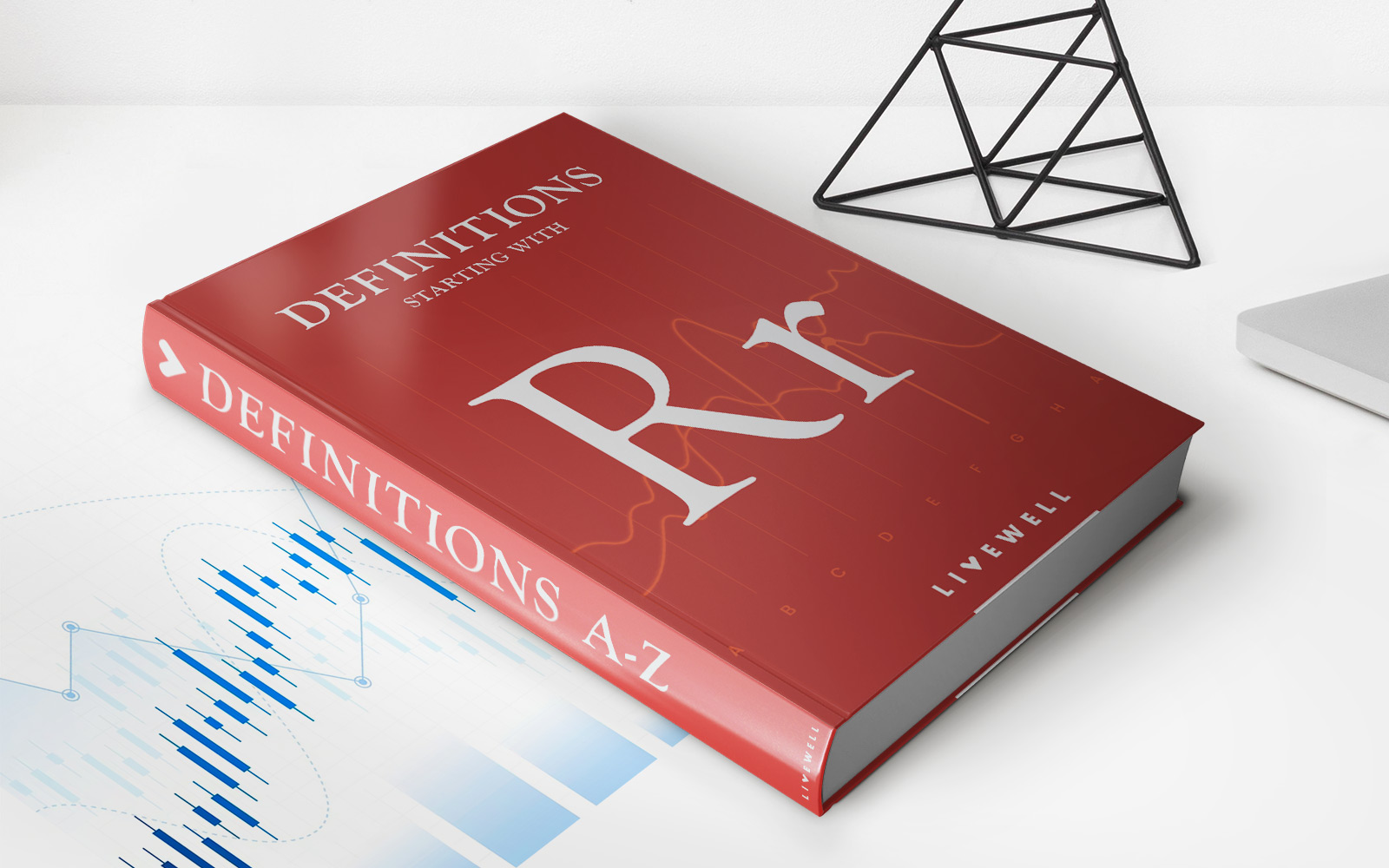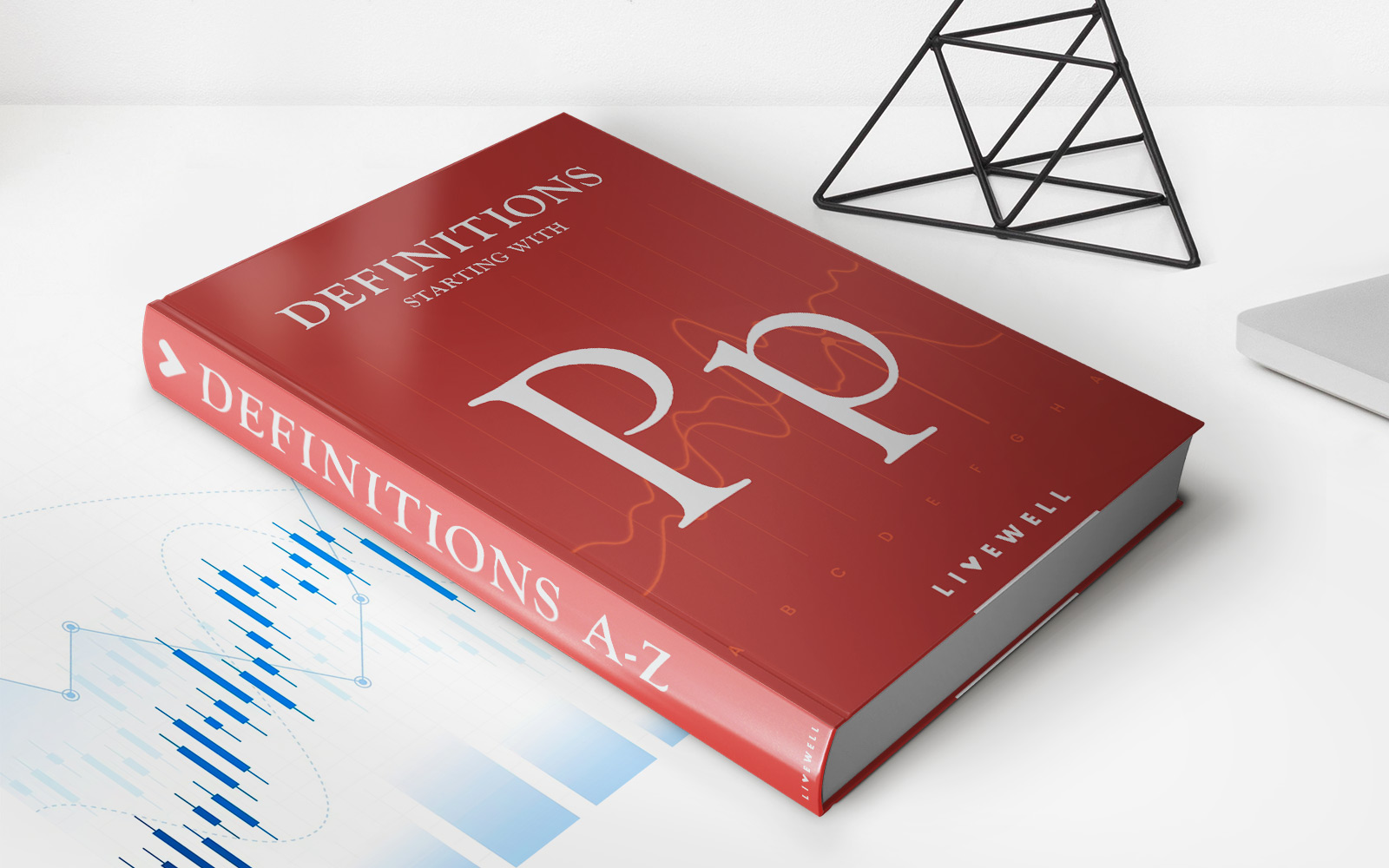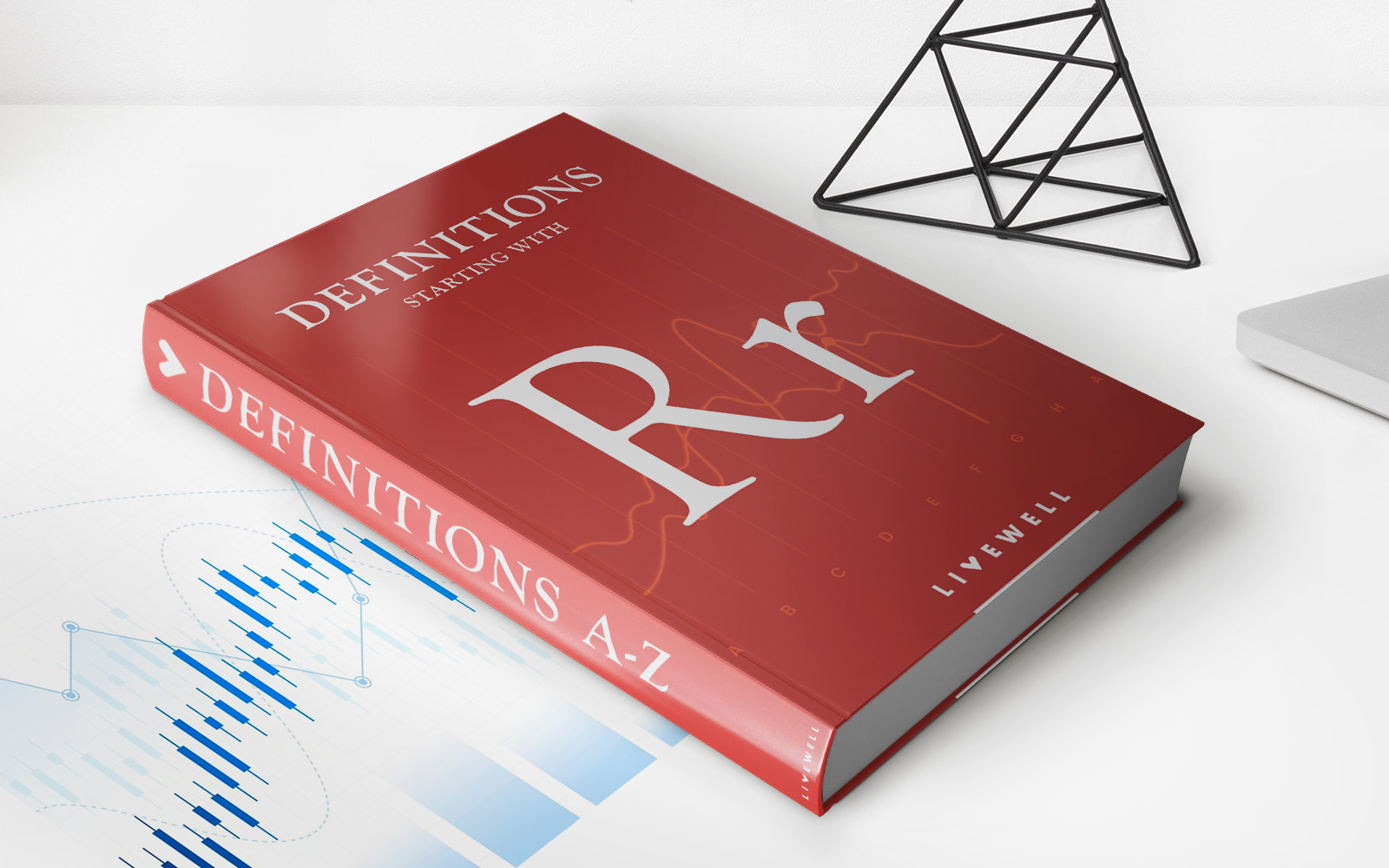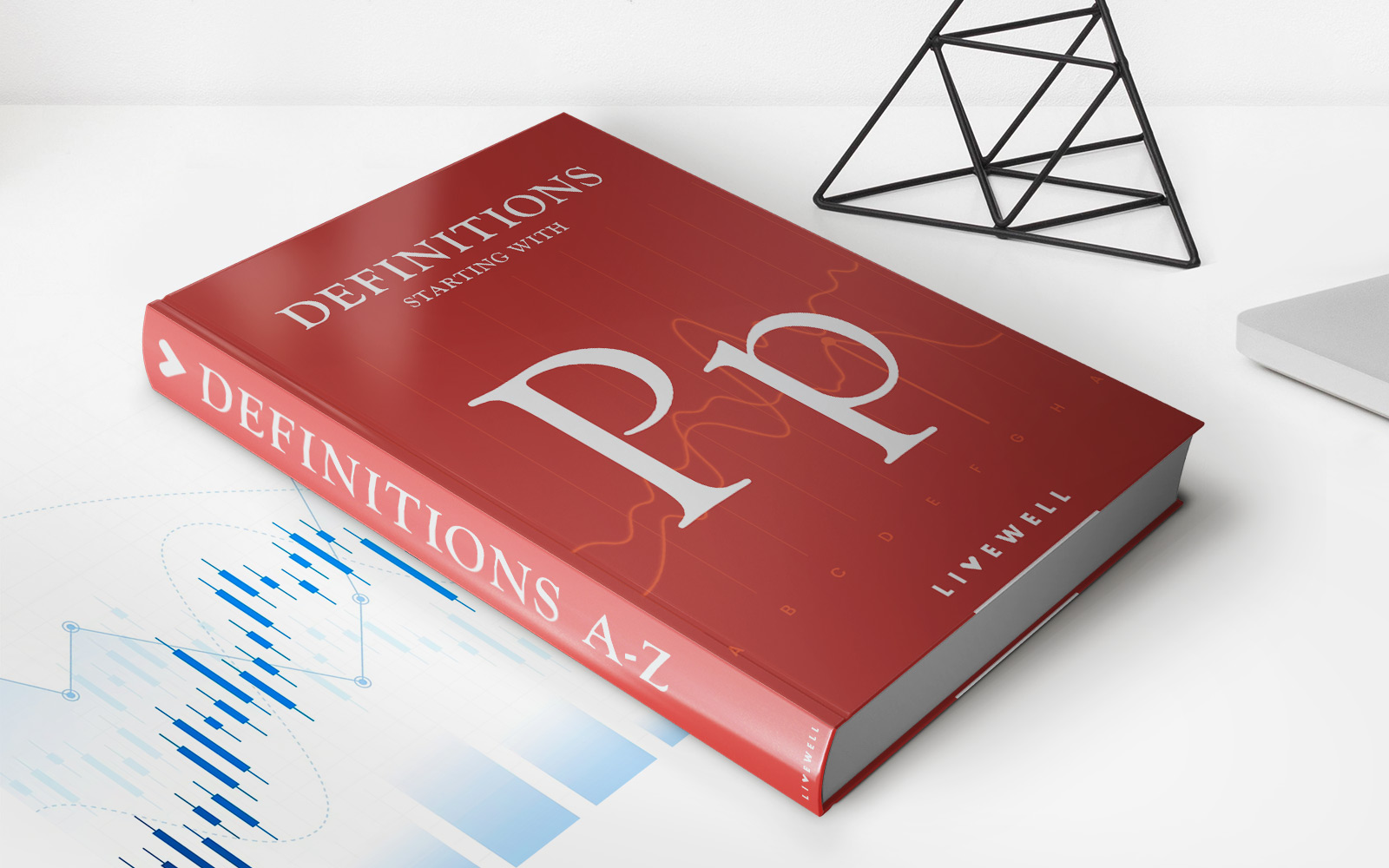Home>Finance>How Do You Calculate The Real Rate Of Return On An Investment?


Finance
How Do You Calculate The Real Rate Of Return On An Investment?
Modified: January 16, 2024
Learn how to calculate the real rate of return on your investments in the field of finance. Discover the key factors to consider for accurate calculations.
(Many of the links in this article redirect to a specific reviewed product. Your purchase of these products through affiliate links helps to generate commission for LiveWell, at no extra cost. Learn more)
Table of Contents
Introduction
When it comes to investing, one of the key considerations for investors is the potential return on their investment. However, it’s important to recognize that not all returns are created equal. The nominal rate of return, which is the percentage increase in the value of an investment over a certain period of time, can be misleading. This is because it does not account for the effects of inflation, which erodes the purchasing power of money over time.
This is where the concept of the real rate of return comes into play. The real rate of return takes into account the impact of inflation and provides a more accurate measure of the actual increase in purchasing power generated by an investment. By accounting for inflation, investors are able to assess whether an investment is truly generating positive returns or if it is merely preserving their wealth in real terms.
Understanding how to calculate the real rate of return is essential for investors who want to make informed decisions and accurately assess the performance of their investments. By calculating the real rate of return, investors can better evaluate the true profitability of an investment, compare different investment options, and make adjustments to their portfolios as needed.
In this article, we will delve into the details of the real rate of return – what it is, how it is calculated, its advantages and limitations, and why it is important for investors. By gaining a thorough understanding of the real rate of return, you will be equipped with the knowledge to make more informed investment decisions and navigate the complex world of finance with greater confidence.
Understanding the Real Rate of Return
The real rate of return is a metric used to measure the actual increase in purchasing power generated by an investment, after taking into account the effects of inflation. Inflation refers to the general increase in prices of goods and services over time, which erodes the value of money.
While the nominal rate of return represents the percentage increase in the value of an investment, the real rate of return adjusts for inflation to provide a more accurate assessment of the true profitability of the investment. By factoring in inflation, investors can determine whether their investment is generating positive returns in real terms and protecting their purchasing power.
To illustrate the importance of the real rate of return, let’s consider an example. Suppose you have invested $10,000 in a bond that offers a 5% nominal rate of return. On the surface, it may seem like a decent return. However, if the inflation rate is 3%, the real rate of return would be only 2% ($10,000 x 0.05 – $10,000 x 0.03 = $200). This means that after factoring in inflation, your investment only generated $200 in additional purchasing power.
It is important to note that inflation rates can vary over time and across countries. Therefore, the real rate of return provides a standardized measure that allows for comparison across different time periods and regions.
By understanding the real rate of return, investors can accurately assess the performance of their investments and make informed decisions. It ensures that they are not only preserving their wealth but also generating positive returns that outpace inflation and increase their purchasing power over time.
Factors Affecting the Real Rate of Return
Calculating the real rate of return involves considering various factors that can affect the purchasing power of an investment. Here are some key factors to consider:
- Inflation: The most significant factor influencing the real rate of return is inflation. Inflation erodes the value of money over time, reducing the purchasing power of investment returns. Higher inflation rates can decrease the real rate of return, while lower inflation rates can increase it.
- Taxes: Taxes can also impact the real rate of return on an investment. Depending on the tax laws in your country or region, you may be subject to taxes on your investment returns. The higher the tax rate, the greater the impact on the real rate of return.
- Expenses: Investment expenses, such as management fees, commissions, and transaction costs, can eat into the overall returns of an investment. These expenses reduce the real rate of return and should be considered when calculating the actual profitability of an investment.
- Risk: The level of risk associated with an investment can affect the real rate of return. Investments that carry higher levels of risk often come with the potential for higher returns. However, they also carry a greater chance of losses. Therefore, the risk-adjusted return should be taken into account when calculating the real rate of return.
- Time Horizon: The length of time an investment is held can impact the real rate of return. Compounding, which is the ability of an investment to generate earnings on both the initial investment and the accumulated returns, can have a significant impact over a longer time horizon. Investments held for longer periods have more time to compound and potentially increase the real rate of return.
These factors should be carefully considered when calculating the real rate of return on an investment. By understanding how these factors affect the purchasing power of your investment, you can make more informed decisions and accurately assess the actual profitability of your investments.
Steps to Calculate the Real Rate of Return
Calculating the real rate of return requires a few steps to accurately account for the impact of inflation. Here are the steps to calculate the real rate of return:
- Step 1: Determine the Nominal Rate of Return: The first step is to determine the nominal rate of return on your investment. This is the percentage increase in the value of your investment over a specific period of time. The nominal rate of return can be obtained from investment statements, financial websites, or calculated using the formula: (Ending Value – Beginning Value) / Beginning Value x 100.
- Step 2: Find the Inflation Rate: The next step is to determine the inflation rate for the same period. The inflation rate measures the percentage increase in the general price level of goods and services. It can be obtained from economic reports, government sources, or financial websites.
- Step 3: Calculate the Real Rate of Return: Now, subtract the inflation rate from the nominal rate of return. The resulting value is the real rate of return. Mathematically, it can be calculated using the formula: Real Rate of Return = Nominal Rate of Return – Inflation Rate.
- Step 4: Convert the Real Rate of Return to a Percentage: The real rate of return is often expressed as a decimal. To convert it to a percentage, multiply the calculated value by 100. This will give you the real rate of return as a percentage, which is easier to interpret and compare.
By following these steps, you can calculate the real rate of return on your investment. It is important to note that this calculation provides an estimation and may not account for all factors impacting the real rate of return, such as taxes and expenses. However, it gives you a solid starting point to evaluate the true profitability of your investment and make informed decisions in your financial management.
Example Calculation of Real Rate of Return
To illustrate how to calculate the real rate of return, let’s consider a hypothetical example:
Suppose you invested $10,000 in the stock market at the beginning of the year. By the end of the year, your investment grew to $11,500. The nominal rate of return for this investment can be calculated as follows:
Nominal Rate of Return = (Ending Value – Beginning Value) / Beginning Value x 100
Nominal Rate of Return = ($11,500 – $10,000) / $10,000 x 100 = 15%
Now, let’s assume that the inflation rate for the same period was 3%. To calculate the real rate of return, you subtract the inflation rate from the nominal rate of return:
Real Rate of Return = Nominal Rate of Return – Inflation Rate
Real Rate of Return = 15% – 3% = 12%
So, in this example, the real rate of return on your investment is 12%. This means that after accounting for the effects of inflation, your investment generated a 12% increase in purchasing power.
It is important to note that this is a simplified example for illustrative purposes. Real-world calculations may involve additional factors, such as taxes and expenses, which can affect the actual real rate of return. However, this example provides a basic understanding of how to calculate the real rate of return and demonstrates its relevance in assessing the true profitability of an investment.
Advantages and Limitations of Using Real Rate of Return
The real rate of return offers several advantages and limitations when it comes to evaluating the profitability of an investment. Understanding these advantages and limitations is crucial for investors to make informed decisions. Here, we discuss the key advantages and limitations of using the real rate of return:
Advantages:
- Accurate Measurement of Purchasing Power: The real rate of return provides a more accurate measure of an investment’s profitability by accounting for the effects of inflation. It allows investors to evaluate the actual increase in purchasing power, ensuring that their investments are generating positive real returns and preserving their wealth.
- Comparison Across Time and Investments: By factoring in inflation, the real rate of return provides a standardized measure that enables investors to compare the profitability of investments across different time periods and investment options. It allows for a fair comparison, considering the impact of inflation on returns.
- Long-Term Planning: Calculating the real rate of return is particularly valuable for long-term financial planning. It helps investors assess whether their investments are outpacing inflation and generating sufficient returns to meet their long-term financial goals.
- Informed Investment Decisions: The real rate of return helps investors make more informed investment decisions. By accurately measuring the true profitability of an investment, investors can evaluate the risks and rewards and make adjustments to their portfolios accordingly.
Limitations:
- Estimation and Assumptions: Calculating the real rate of return involves making certain estimations and assumptions, such as the inflation rate. These estimations may not always reflect the actual inflation rate experienced by an investor, leading to deviations from the true real rate of return.
- Ignorance of Other Factors: The real rate of return only accounts for the impact of inflation and does not consider other factors that may affect the returns, such as taxes, fees, and market volatility. These factors can significantly impact the actual profitability of an investment and should be considered alongside the real rate of return.
- Variability of Inflation Rates: Inflation rates can vary over time and across different regions. Calculating the real rate of return using a single inflation rate may not accurately reflect the inflationary conditions that an investor experiences. It is important to consider the variability of inflation rates when interpreting the real rate of return.
Despite these limitations, the real rate of return remains a valuable tool for investors to assess the true profitability of their investments and make informed decisions. By considering its advantages and limitations, investors can effectively utilize the real rate of return in their financial planning and portfolio management strategies.
Importance of Calculating the Real Rate of Return
Calculating the real rate of return is of utmost importance for investors. It provides a more accurate measurement of an investment’s profitability and offers several key benefits. Here are the reasons why calculating the real rate of return is crucial:
- Accounting for Inflation: The real rate of return accounts for the impact of inflation on investment returns. Inflation erodes the purchasing power of money over time, and by considering inflation, investors can determine whether their investment is truly generating positive returns in real terms or simply keeping pace with inflation.
- Accurate Performance Evaluation: The real rate of return enables investors to evaluate the actual performance of their investments. By comparing the real rate of return across different investment options or time periods, investors can identify investments that have consistently outpaced inflation and generated substantial real returns.
- Long-Term Investment Planning: Calculating the real rate of return is essential for long-term investment planning. By considering the impact of inflation, investors can gauge whether their investments are on track to meet their long-term financial goals. It helps ensure that the investment growth outpaces inflation and maintains or increases purchasing power over time.
- Smart Portfolio Management: The real rate of return plays a crucial role in portfolio management. By evaluating the real rates of return for different investments, investors can determine the most profitable and efficient allocation of their assets. It helps investors make informed decisions about diversification, risk management, and balancing potential returns against inflationary risks.
- Informed Decision Making: Calculating the real rate of return equips investors with accurate and comprehensive information to make informed decisions. It helps investors assess the risk-reward tradeoff of different investment opportunities and choose investments that can provide real growth and maintain or increase purchasing power.
Overall, calculating the real rate of return is essential for investors to evaluate the true profitability of their investments, make informed decisions, and effectively plan for their long-term financial goals. It ensures that investors are not only considering the nominal rate of return but also accounting for the eroding effects of inflation, ultimately preserving and growing their wealth in real terms.
Conclusion
The real rate of return is a vital metric for investors to accurately assess the true profitability of their investments. By factoring in inflation, the real rate of return provides a more comprehensive evaluation of an investment’s performance and its impact on purchasing power. Calculating the real rate of return allows investors to make informed decisions, evaluate the long-term growth potential of investments, and effectively manage their portfolios.
Through the steps of calculating the real rate of return, investors can adjust their expectations, consider the impact of inflation, and make more precise financial plans. It helps investors determine whether their investments are generating positive real returns or merely preserving their wealth. Additionally, calculating the real rate of return enables investors to compare investment options, evaluate risk-reward tradeoffs, and make adjustments to their portfolios as needed.
It is important to acknowledge the limitations and assumptions associated with calculating the real rate of return. Other factors such as taxes, fees, and market volatility can impact the actual profitability of an investment. Nevertheless, the real rate of return remains a valuable tool that helps investors navigate the complex world of finance, make informed decisions, and achieve their long-term financial goals.
In conclusion, understanding and calculating the real rate of return allows investors to accurately evaluate the true profitability of their investments, account for inflation, and make informed decisions based on their financial objectives. By considering the real rate of return, investors can effectively preserve and grow their wealth in real terms, ensuring their investments maintain or increase their purchasing power over time.














